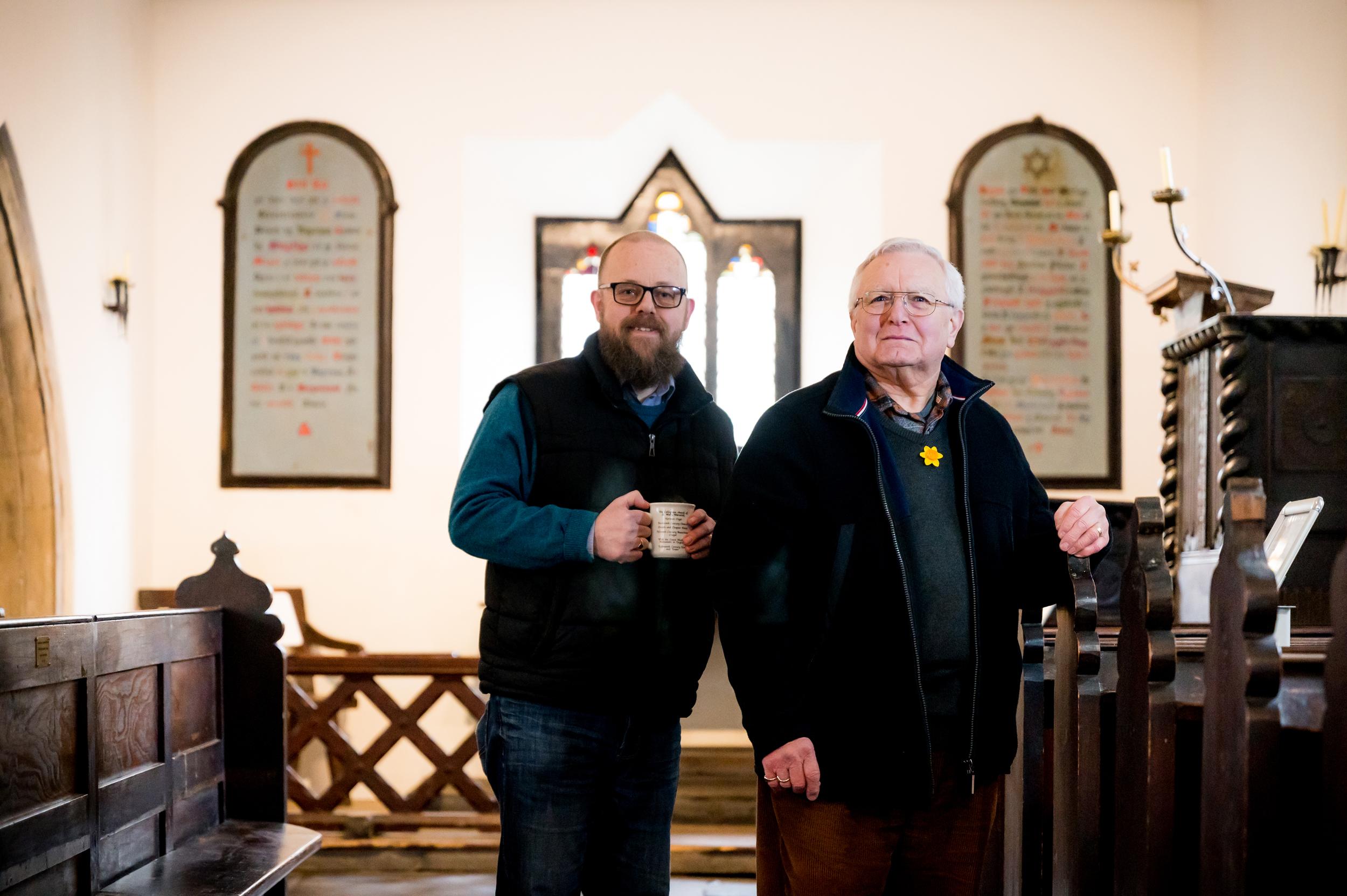
Planning your project
The key to any project is planning.
There are several aspects to a good project plan.
The principles will be the same for a project of any size, though the amount of detail you go into will depend on its size and complexity.
Having a thorough project plan will help you to:
- have a clear vision of what your project will tackle
- be clear about your needs and help you decide how to address them
- keep everyone involved and focused
- make changes if necessary
- show funders that you have good reasons for your project and a robust management in place to see it through.
Crossing the Threshold: Chapter 7: Planning your project will help you bring together all the elements you will need to produce a project and business plan and show you how to keep the plan up to date as the project develops, so that you always feel in control.
Below we run through the four key steps involved in running a church building project.
The four key steps
A project plan/business plan is an organised and clearly laid out document that sets out the business case for your project. It should contain all the information needed by your stakeholders, funders, DAC (or other permissions authority) including: what you want to do and why, how you plan to achieve your aims, what it will cost and what effect the project will have on your church and community.
Use all the information you have gathered, including professional surveys and reports, to develop a comprehensive project plan, together with a detailed budget.
Your project plan should include:
- Mission / vision statement
- Evidence of need
- Aims, objectives, goals and targets
- Action plan: who is going to do what and when
- Budget: project costs and cash flow
- A risk register: what are the risks and how can they be mitigated
- Long term management and sustainability
- Review and evaluation: a process for continual evaluation as well as an end of project evaluation
Crossing the Threshold: Chapter 8: Writing a business plan explains how to make a strong business case for your project which will help you to access financial support.
Our web page about creating a detailed budget has a range of useful advice.
The Church of England provides advice on how to write a business plan.
Managing your cash flow is vital to ensure that you have enough money available when you need it. This is particularly important if you have secured grant funding which is paid in arrears, rather than upfront. Be sure to check at what point each of your grant funders will release their funds.
Your cash flow chart may be very complicated. Your architect, contractors, and all the other professionals involved should provide you with a cash flow chart of their own (normally produced by the architect) indicating when payments are due. This should help you to bring all the costs together into a monthly or quarterly cash flow.
Remember to consider the time taken to plan and carry out your project. Some costs may need to be met upfront or may increase over time if the project is delayed.
The figures can be intimidating but having them detailed in a cash flow chart can help you spot potential problems, and deal with them before they arise.
VAT incurred on works to listed buildings can be claimed back via the Listed Places of Worship Grant Scheme once invoices have been paid.
Crossing the Threshold: Chapter 13: Managing project cash flow provides guidance on how to manage your cash flow while the building works are in progress and also once your new activities are up and running.
A project is not complete until you have evaluated it; looking at what has worked, what hasn’t worked, considering why and enabling this knowledge to be used next time.
If you have received grant funding you will almost certainly be required to submit an evaluation of the project to funders. It is very difficult to evaluate retrospectively, especially for a long or complicated project. So, start a process for evaluating your project right from the beginning.
There is detailed information on our evaluate your project webpage.
Crossing the Threshold: Chapter 15: The final stages: Claiming money, celebrating, impact and evaluation explains how to undertake an evaluation of your building project and what actions you can take to sustain the next stage of your project.
Sustainability is about the long-term future of a project. It is important that any alterations you make to your building continue to work for your community long into the future.
Sustainability is most commonly used with particular reference to the environment, however, from a project point of view; there are other sustainable aspects you need to consider:
- economic
- organisational
- social
- environmental
Funders will expect to see evidence that you have thought about all of these aspects, taken action and set in place appropriate mechanisms for the long term.
Crossing the Threshold: Chapter 9: Ensuring your project is sustainable takes you through all the elements of a project that you should consider to ensure your project is sustainable in the long term.
